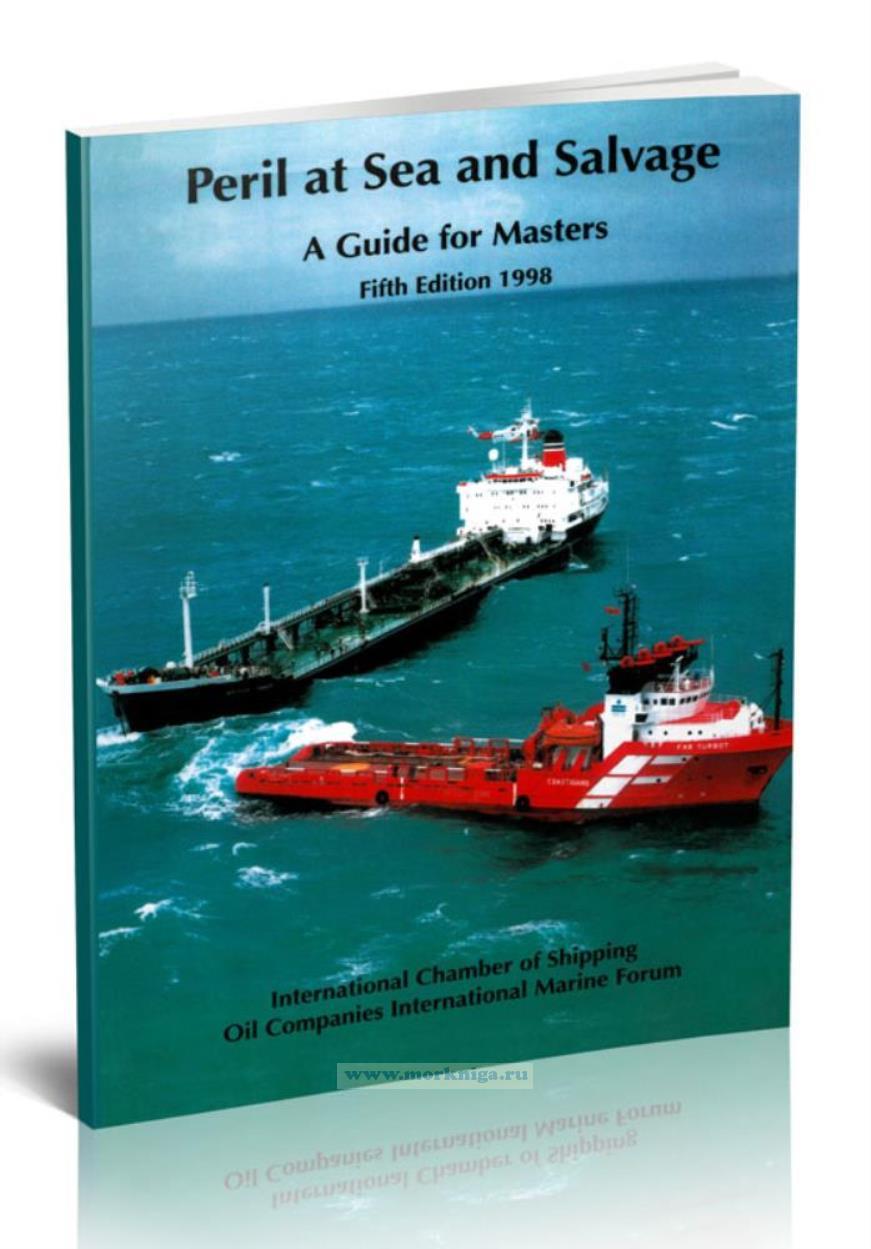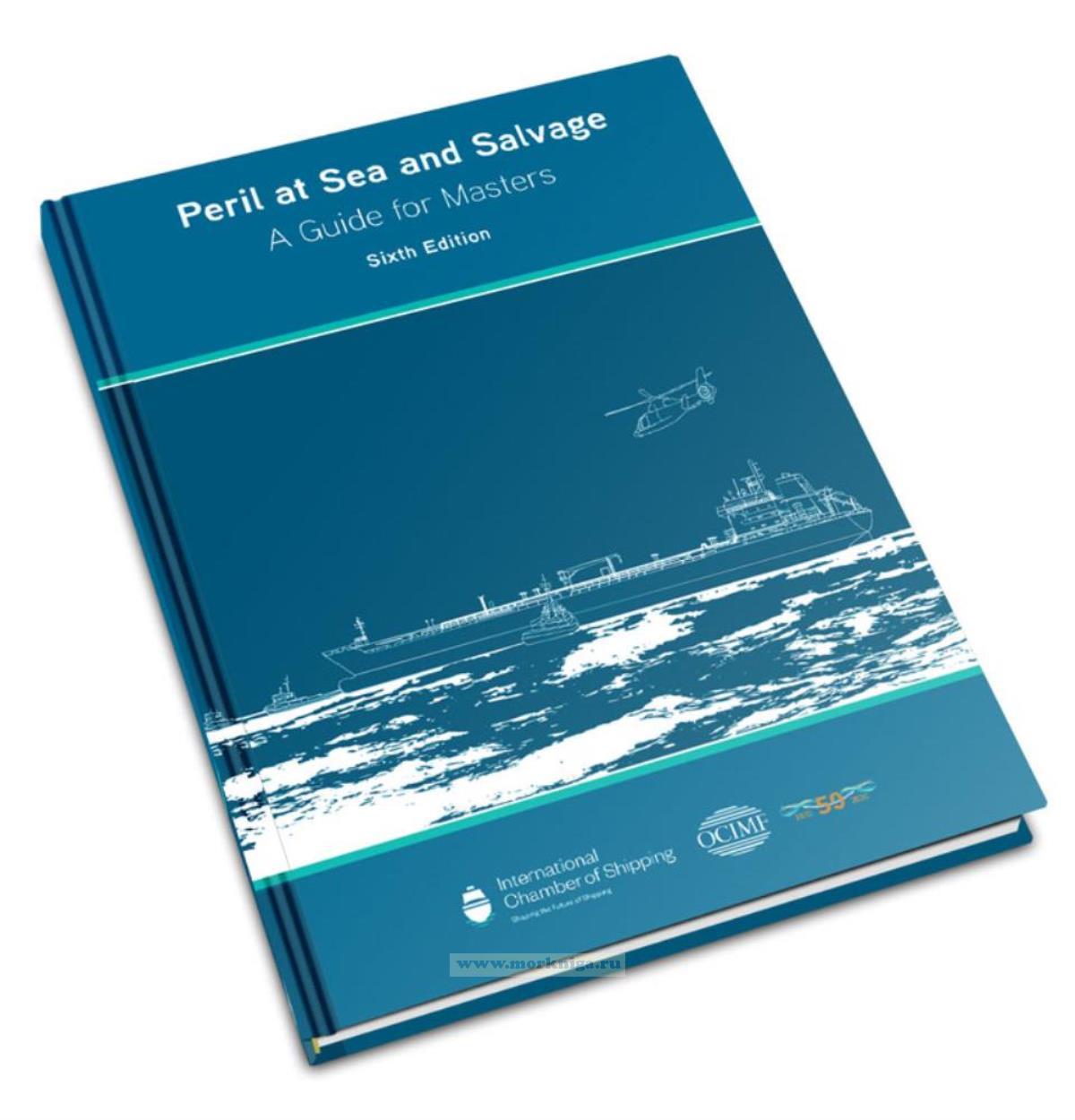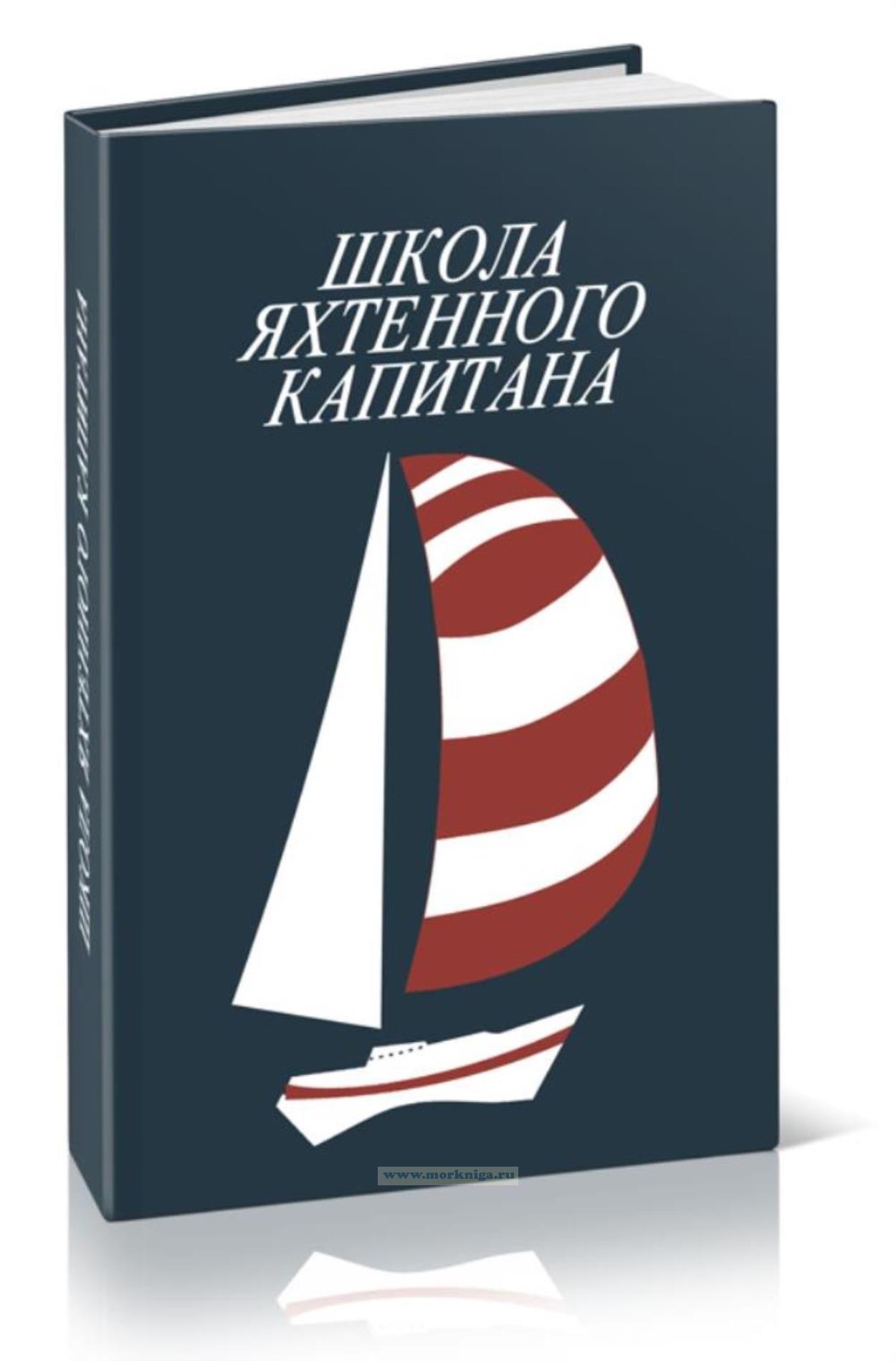Сб с 10 до 16
Peril at sea and salvage. A guide for masters/Морская опасность и спасение. Руководство для капитанов
Издания на английском языке
Fifth edition 1998
Until recent times, action taken to assist a ship in peril was directed solely towards saving lives and properly. Today, account must also be taken of the need to prevent damage to the environment and efforts made to prevent or mitigate such damage. The object of this guide is to provide information to assist masters in making decisions when confronted with a perilous situation. The guide has been prepared principally with oil tankers and gas carriers in mind, but much of the advice will be appropriate to other types of ships.
Table of contents
Foreword
Chapter 1 Assistance, including salvage assistance
1.1 Need for Assistance
1.2 Master’s Responsibility
1.3 Authority of the Master
1.4 Assessment of Urgency
1.5 Obtaining Assistance
1.6 Other Forms of Contract
Chapter 2 Communications
2.1 General
2.2 Mandatory Notification
2.3 Advisory Messages
2.4 Requests for Assistance
2.5 Communications with the Owner/Operator/Manager
Chapter 3 Casualty reports
3.1 Reports to Governments and Owners or Operators
3.2 Examples of Reports
3.3 Probability of Discharge
Chapter 4 Evaluation of situation
4.1 General
4.2 Plan of Action
4.3 Emergency Preparedness
Chapter 5 Action when the ship is disabled but not aground
5.1 Accidental Flooding
5.2 Rate of Drift of a Disabled Ship
5.3 Oil Tanker Model Tests 18
5.4 Gas Carrier Model Tests
5.5 Use of Engines
5.6 Use of Anchors
Chapter 6 Emergency towing
6.1 General
6.2 Towing Vessels
6.3 Emergency lowing of Tankers
6.4 Recommendations on Rigging the Emergency Tow
6.5 Emergency Towing of other Ships
Chapter 7 Planned or ocean towing
7.1 General
7.2 Preparations for Towing
7.3 Connecting the Tow
7.4 Commencing Towing
Chapter 8 Transfer of cargo
8.1 General
8.2 Cargo Transfer
8.3 Inert Gas
Chapter 9 Action when the ship is aground
9.1 Assessment of Situation
9.2 Assessment of Damage
9.3 Soundings
9.4 Immediate Action
9.5 Stress and Stability
9.6 Controlled Flooding
9.7 Listing, Trimming and Internal Transfer of Ca
9.8 Lightening of Ship
9.9 Jettison of Cargo or Bunkers
9.10 Engine Room Water Intakes
9.11 Flammable Vapour
Chapter 10 Legal issues
10.1 Contracts for Salvage Assistance
10.2 Lloyd’s Standard Form of Salvage Agreement (Lloyd’s Open Form)
10.3 Contract Services
10.4 Government Intervention
10.5 Formal Inquiries
10.6 Records
Appendices
Appendix A Emergency Towing Arrangements on Tankers (SOLAS, Chapter II-l, Regulation 3-4)
Appendix В Guidelines for Emergency Towing Arrangements on Tinkers (IMO Resolution MSC.35(63))
Appendix С Lloyd’s Open Form 1995
Appendix D Lloyd’s Open Form 1980
Appendix E General Principles for Ship Reporting Systems (IMO Resolution A.851(20))
Sixth edition 2020
The development of regulations governing the safe operation and management of ships, emergency response preparedness and the adoption of a compliance culture have led to a reduction in shipping emergencies and major incidents. But, when they do occur, they often have a high impact and threaten the safety of personnel, ships, the environment and cargo. Many seafarers may never have experienced an emergency on board a ship. While this is a positive for shipping, it also means that seafarers may lack the anticipatory knowledge needed to deal with an emergency.
This Guide takes Masters through the actions to be taken when confronted with an emergency on board. The Guide has been prepared principally with oil tankers and gas carriers in mind, although most of the content will be equally appropriate to other types of ship.
Contents
Foreword
Definitions
Abbreviations
Chapter 1 Introduction
1.1 What is a shipping emergency?
1.2 The Master’s authority and responsibility
1.3 The company’s responsibility
Chapter 2 Initial response
2.1 Initial assessment
2.2 Initial alerts and notifications
Chapter 3 Implementing the emergency response plan
3.1 General
3.2 Safety of personnel
3.3 Assess the damage
3.4 Action to take when the ship is disabled but still afloat
3.5 Action to take when the ship is aground
Chapter 4 Updates and follow-up actions
4.1 Update the company and authorities
4.2 Keep records
4.3 Managing the mediа
4.4 Responding to government intervention
4.5 Formal inquiries and fair treatment of seafarers.
Chapter 5 Towage and salvage
5.1 General
5.2 Emergency towage
5.3 Planned or ocean towage Prepare for towage
5.4 Salvage
Chapter 6 Preparing for an emergency - companies
6.1 Introduction
6.2 Establish an effective emergency response plan
6.3 Set up an emergency response centre
6.4 Establish resources, competence and skills
6.5 Set up training, exercises and drills
6.6 National incident command systems
6.7 Places of refuge
6.8 Contracts
6.9 General average
6.10 Government intervention
6.11 Formal inquiries and fair treatment of seafarers
Appendices
A Lloyd's Standard Form of Salvage Agreement (Lloyd's Open Form - LOF)
В Scopic Clause
С Examples of other standard forms of salvage agreement
Turkish standard form
Japanese standard form
D Examples of commercial salvage and towage agreements
E Examples of flag State incident reporting forms
Example incident reporting form - Singapore
Example incident reporting form - Marshall Islands
F Useful publications and websites


 Кораблевождение. Практическое пособие для штурманов. Адм. №9035
Кораблевождение. Практическое пособие для штурманов. Адм. №9035  Школа яхтенного капитана
Школа яхтенного капитана  Счисление пути судна
Счисление пути судна